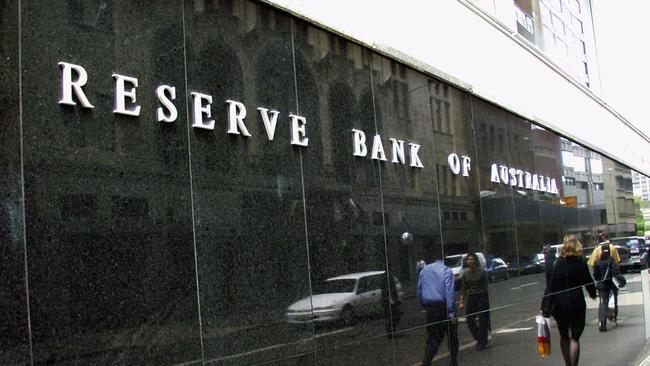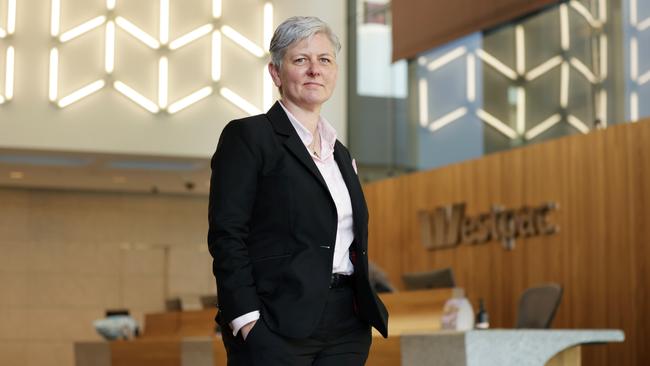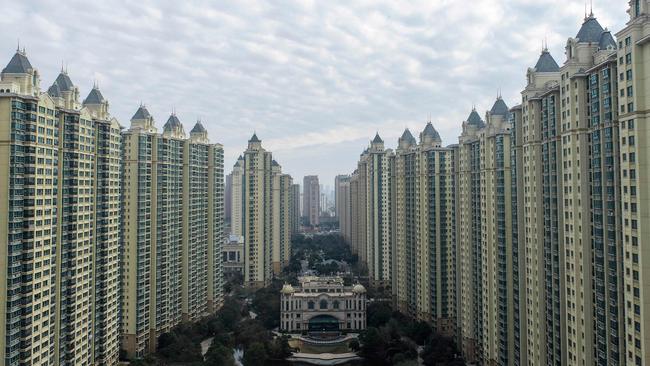RBA on right path but economists see challenges for global outlook
Economists have cautiously backed the Reserve Bank’s high-for-longer approach on interest rates while warning of significant challenges for the global economy.

Economists have cautiously backed the Reserve Bank’s high-for-longer approach on interest rates while warning of significant challenges for the global economy even though many central banks have been aggressively cutting interest rates in recent months.
At the annual Australian Securitisation Forum Conference in Sydney, the chief economists at Westpac and RBC Capital Markets predicted a relatively shallow rate-cutting cycle from the RBA.
However, they saw several risks that could lead to weaker economic growth and higher inflation in the global economy and which could increase the challenges for policymakers in Australia.
The RBA has been criticised for not cutting interest rates as soon as other central banks. However, it didn’t lift interest rates as high or as fast as other central banks after inflation took off during the Covid-19 pandemic, and it has sought to preserve as many jobs as possible.
“When we look at the global economy at the moment, growth is fairly subdued … with the exception of the US, which continues to be quite exceptional,” RBC Capital Markets chief economist Su-Lin Ong said.

“Most of the advanced world is pretty lacklustre … and it’s not surprising then that we see a number of the central banks around the world lower rates … to try to support activity.”
Challenges for the global economy and uncertainty for financial markets in 2025 include the notoriously long and variable lags of monetary policy changes, geopolitical risks from wars in the Middle East and Ukraine, and uncertainty about the policies of the incoming Trump administration.
“There’s a great deal of uncertainty around the impact of tariffs on global trade in what is already a pretty fragmented global economy,” Ms Ong said.
“Inflation still lurks, productivity is really challenging, and one of our other key themes for the year is rising government debt, and may worry investors and markets. So there are a number of headwinds to activity.”
While GDP per capita has gone backwards and consumption growth has stalled, Australia’s unemployment rate since the start of rate rises has risen less than that of some of its peers.
Unemployment rates in Canada and New Zealand have soared from 4.8 per cent to 6.5 per cent and from 3.2 per cent to 4.8 per cent respectively, while Australia’s jobless rate has risen from 3.5 per cent to 4.1 per cent, which is similar to the US, but coming after much less fiscal stimulus and debt growth.
Westpac chief economist Luci Ellis, previously the chief economist at the RBA, said the interplay between the US and China in terms of macroeconomic policy changes after the US election would be a major driver of Australia’s economic outlook in 2025.

While the resilience of the US economy had been “exceptional”, she said it was “pretty easy to run your economy hot, where you’re running a 6 per cent of GDP fiscal deficit and have been for some time”.
“At some point, there starts to be a conversation about the sheer amount of debt servicing that that implies to the federal deficit there, but that conversation isn’t happening yet, and given that an incoming Trump administration almost certainly will extend the tax cuts that came in during his previous administration, at the margin, our view is that the Trump administration will be more fiscally profligate than a Harris administration would have been,” Dr Ellis said.
There were “real changes coming to capital markets” simply because of the changing relative demand and supply in debt markets, but it was more likely to be a medium-term issue for the US.
The future of the global trading system is also a medium-term issue as the US looks to contain and disengage from China to some extent, reversing decades of globalisation, and three major regions – the US, China and Europe – aim to lift their market share in global manufactured goods.
One issue is that when China needs to stimulate its economy as it has been trying to do this year, its policy tools and ideological mindset aren’t “configured” to boost domestic demand.
Instead, China has traditionally aimed to boost its advanced manufacturing. At the same time, core parts of the euro area – particularly Germany – are struggling against subsidised competition from China, leading to greater trade restrictions.
“They’re trying to defend their market share of global manufactured goods and of course, Trump wants more manufacturing jobs in the US,” Dr Ellis said.
“The previous administration did too, but in certain areas that had national security implications. So you had export controls more so than tariffs.
“But the upshot is the same in broad outline … everyone’s trying to do more manufacturing.
“At the margin that means that the relative price of goods versus services will continue to be weak – that wasn’t necessarily the base case you would have expected.”

Dr Ellis said China’s economy was already struggling to meet official growth targets as its populations and urbanisation matured.
Both were reasons why the construction sector needed to be smaller structurally than it had been before.
Dr Ellis said she now had some concern that China’s property-related slump could worsen.
“We’ve seen this movie before in Southeast Asia in the 1990s. That didn’t end well,” she said. “Ireland and Spain, when they joined the euro … that didn’t end well either.
“Now maybe China can stick the landing, but I think the way to frame it for Australia is we’re still seeing iron ore prices above $US100 (a tonne) … but there’s no upside, there’s no growth in that market. Australia will have to pivot.
“There could be some relatively difficult periods for us in terms of working out what else we do, given coal, we kind of want to shrink, LNG will eventually shrink, iron ore is capped out, and we’ve reached our capability to absorb (foreign) students as well. So we need to do something else to create growth opportunities.”
At the same time, consumers have been squeezed by a cost-of-living crisis.
Inflation has plunged, and tax cuts have helped, but have only given back 18 months with a break of creep.
Dr Ellis said an “underappreciated difference” between Australia and the US was the “increasing tax take” in Australia.
Most of Australia’s employment growth over the past 18 months has been health and community services, education and public administration and defence. Her concern was what would replace the employment growth from the care economy when that slows.
“I do worry a little in the medium term, about sort of the underlying fragility of domestic demand in Australia,” Dr Ellis said.







To join the conversation, please log in. Don't have an account? Register
Join the conversation, you are commenting as Logout